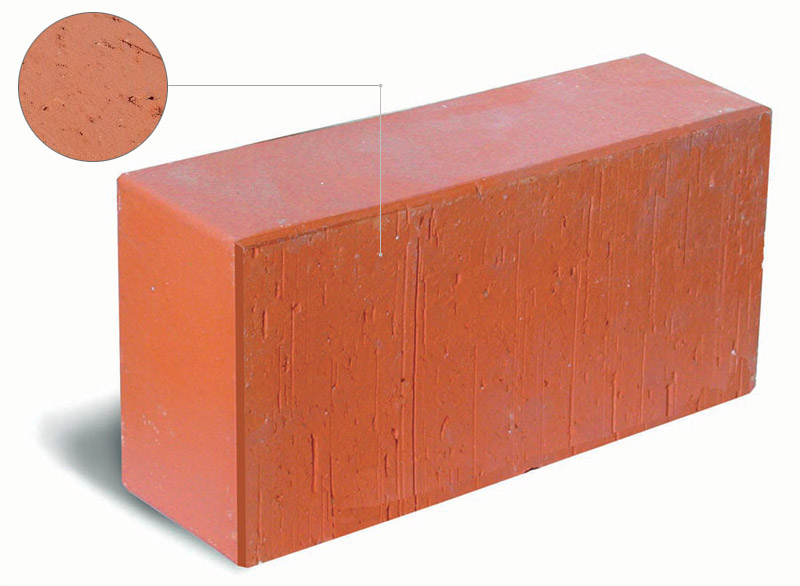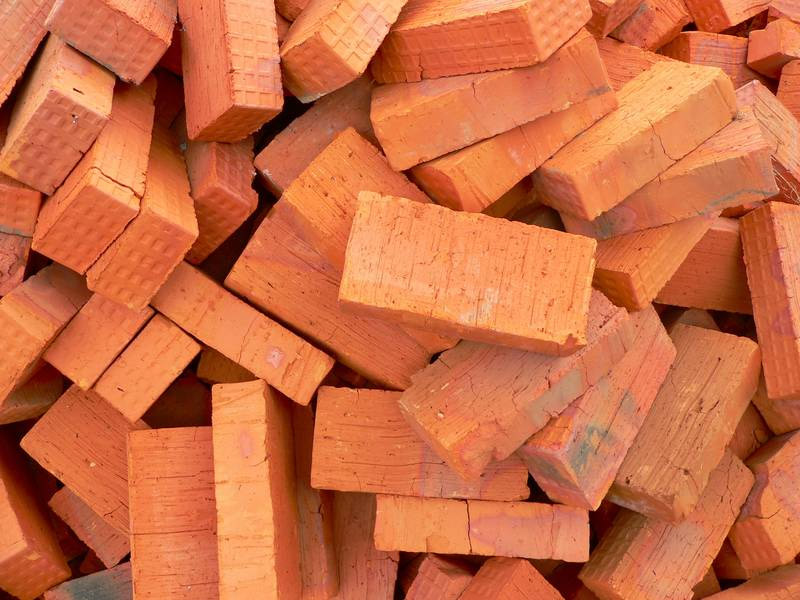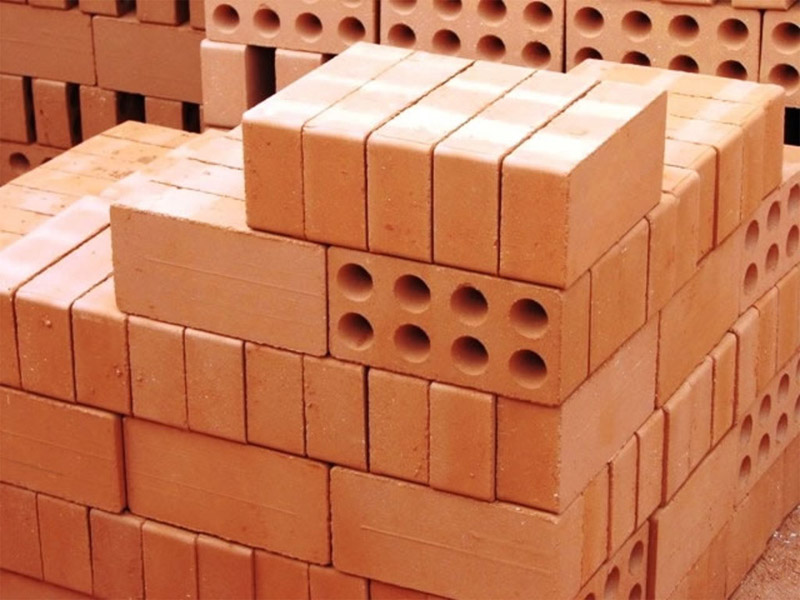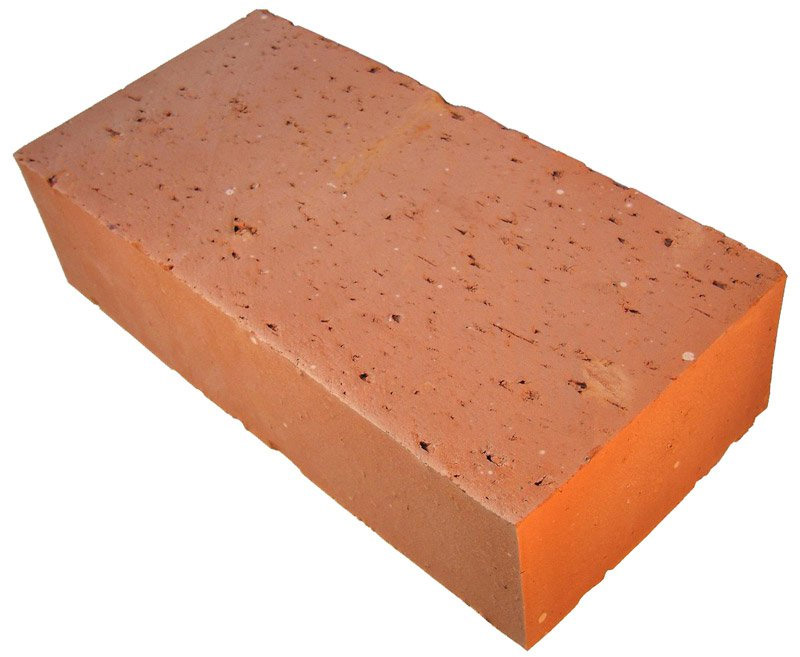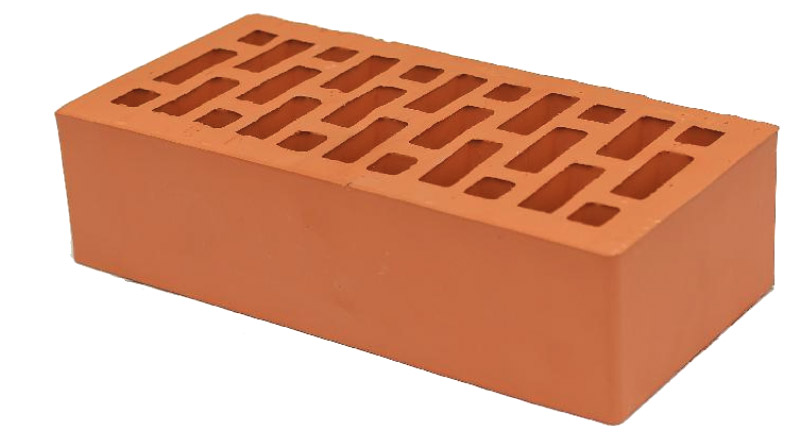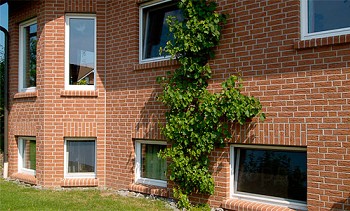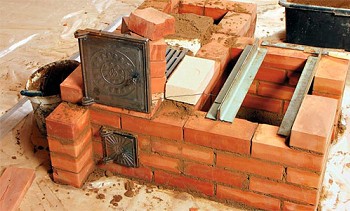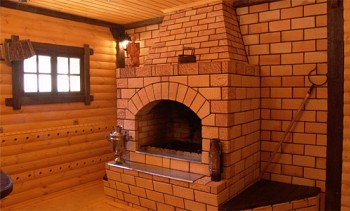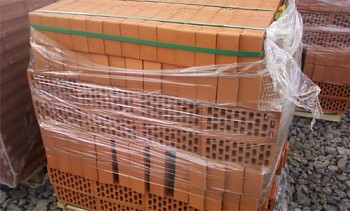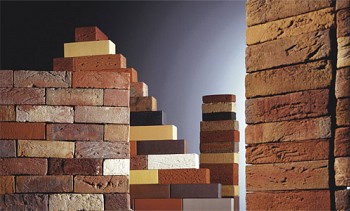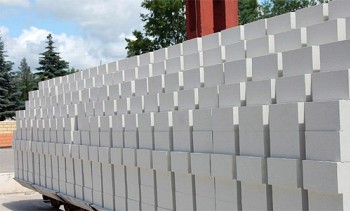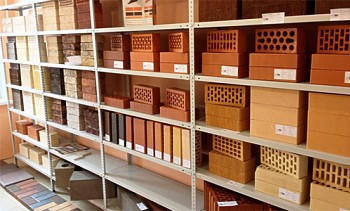Pros and Cons of Ceramic Brick Construction
Ceramic brick made of natural clay, the pros and cons of which we will consider today, has long been a popular material for walling. He still does not give up his positions - the consumer appreciates its environmental friendliness and reliability. Brick buildings are strong, warm, and can stand for more than one hundred years - time-tested.
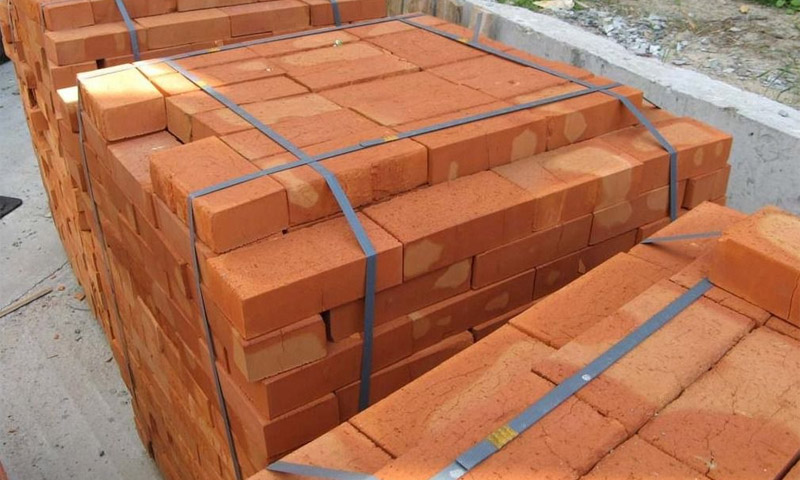
Content:
Acquaintance with the material
Before we look at all the pros and cons of ceramic bricks, you need to understand what kind of material it is and what properties it has. The basis of ceramic brick is clay mass. The smaller and more uniform its fraction, the more high-quality the product is. The best clay is obtained with a single-bucket excavator, which is capable of extracting it from one layer without mixing with others. For this, special careers are needed, which have already become a rarity, therefore they often use rotary excavators. Then the clay layers are mixed, and it’s more difficult to get good ceramics.
In this case, an excellent result is achieved by proper firing. The molded mass is placed in a furnace with a temperature above 900 degrees. At the same time, low-melting clay components fasten those that melt longer. The ratio of these components can be different - it affects the structure of products. In their manufacture, it is important to comply with all standards both during molding and drying.
Varieties, sizes and brands of ceramic bricks
There is still unbaked brick (aka adoba), which is simply dried in the air. But now they’re practically not doing it, so we’ll talk about burnt products. All their parameters must comply with GOST 530-2007 and GOST 7484-78.
Ceramic brick for the intended purpose
Ordinary (or building) bricks lay the walls outside and inside the houses. This type of brick may be solid or have voids.
The front (otherwise, facing) brick has increased requirements for the outer edge. It should look good and be of high quality, able to withstand rain, sun, cold. The surface of these products can be smooth or corrugated. Staining is also used. This brick is used for outdoor work of any type, including restoration and cladding.
Special types of bricks are used in special conditions. For example, fireclay bricks are needed for fireplaces and stoves. They make it with the addition of special clay - fireclay. It is burned to a loss of ductility, and then crushed.
What happens in ceramic brick structure
By structure, a ceramic brick can be solid and hollow.
Solid brick is a durable solid piece without holes. Its weight is from 3 to 4 kg, and thermal conductivity is from 0.45 to 0.8 W / m² · ° C. For construction (especially low-rise) it is used less and less, but there are times when you can not do without monolithic brick. For example, when laying a stove or fireplace, as well as the foundation, basement walls or berth. It is also needed for the manufacture of strong internal partitions and load-bearing walls.
Hollow brick is a product pierced with holes (round or square). Often they are made through. One brick weighs from 2 to 2.5 kilograms, its thermal conductivity is less (from 0.3 to 0.55 W / m² · ° C). Internal voids can be from 15 to 55%. This material is suitable for the construction of external walls up to three floors, internal light partitions.
Dimensions of ceramic bricks
The product can be single, one and a half or double. And in the last two cases, the brick must have voids.The standard length (otherwise, spoons) is 25 centimeters, and the width (called a poke) is 12 cm. This is convenient for masonry, as two widths plus a mortar joint make up the length.
Only the height is different:
- Brick 1 NF (single) - 6.5 cm;
- Brick 1.4 NF (one and a half) - 8.8 cm;
- Brick 2.1 NF (double) - 14 cm;
Bricks that have received the mark 0.7 NF (otherwise, "Euro") are used less frequently. Their height is standard 6.5 cm, but the width is slightly reduced and equal to 8.5 cm.
There are still modular single products (1.3 NF), which also have a standard height of 6.5 cm, and the remaining dimensions are more solid (length - 28.8 cm, width - 13.8 cm).
What brands of ceramic bricks are produced
The brick is marked with the letter “M” and numbers from 50 to 300. They characterize the maximum allowable pressure under conditions when three forces act on the product at once. This is stretching, squeezing and bending. This pressure is measured in kilograms per square centimeter. The larger it is, the stronger the brick.
M 50 products are only suitable for fences and small partitions. Walls (any, except for bearing) can be put with marks M75 and M100. If you want to fold an arch or a supporting wall, then you need to purchase products of a brand not lower than M125. Plinths with foundations are laid with brick M175, M150 and more durable.
The advantages of ceramic bricks
+ Variety of colors
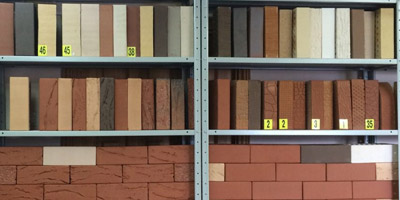
In addition to traditional red, you can call peach, chocolate, beige, yellow and all kinds of shades. The color scheme of the facing brick is especially rich - after all, it is often tinted.
+ A variety of shapes and sizes
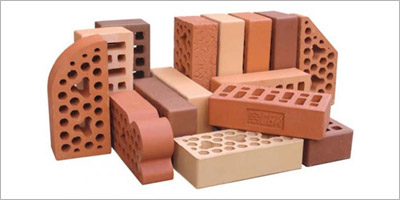
As mentioned, in addition to a single, there is a double, one and a half brick, as well as additional variations.
+ Masonry is easy
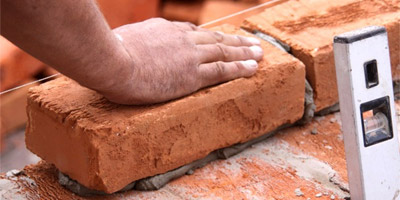
The laying of ceramic bricks is not particularly difficult - the main thing is to acquire basic skills.
+ Long service life
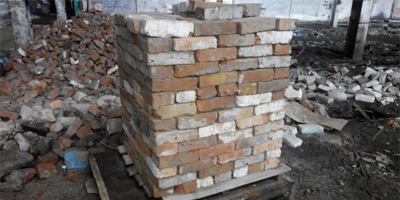
Good strength indicators make brick buildings highly durable.
+ Environmentally friendly material
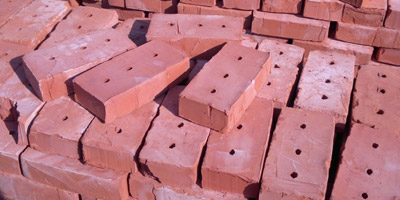
Clay is an environmentally friendly material, so bricks made from it are safe for humans and the environment.
+ Have good sound insulation
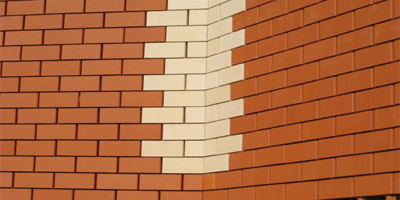
Brick walls muffle noise well.
+ Good thermal conductivity
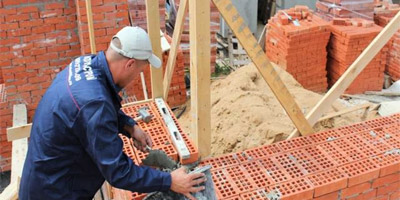
Ceramic bricks retain heat well (the latter quality is especially characteristic for hollow products).
+ Low price
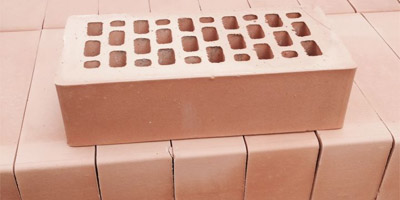
Ceramic bricks have a low price (for example, in comparison with clinker).
Cons of ceramic brick
– There are products with inaccurate geometry
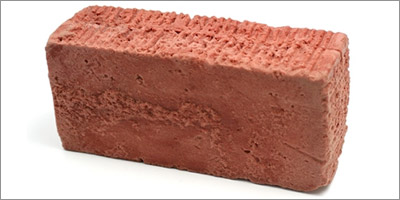
Sometimes the geometry of the products leaves much to be desired, which makes the masonry difficult (this is on the conscience of the manufacturer).
– May collapse quickly due to poor quality raw materials
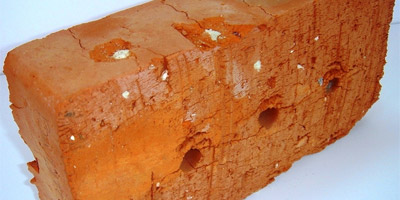
With poor-quality processing of raw materials, limestone, which is always present in clay, remains in the mass for bricks. Then in the brick “dutiks” pop up. In these places, the product strongly absorbs moisture and is destroyed.
– Brick may crumble
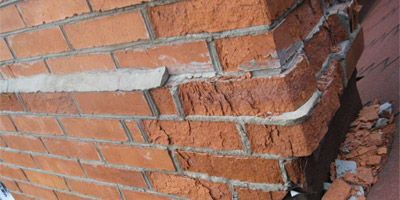
Ceramics may crumble due to improper choice of mortar or product brand (insufficiently high strength).
– It is easily damaged during transportation
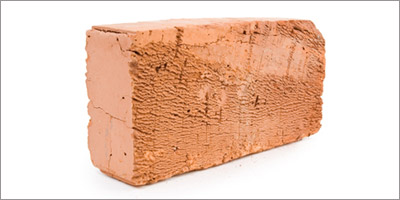
During transportation to the construction site, the brick may be damaged - its edges break off - it is necessary to reject part of the material. More often this happens with inexpensive varieties that shift only along.
– High water absorption
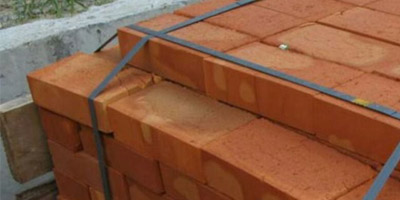
Water absorption by ceramics (especially porous products) is quite high - up to 10 percent. Because of this, the number of freezing and thawing cycles is reduced.
– The appearance of efflorescence
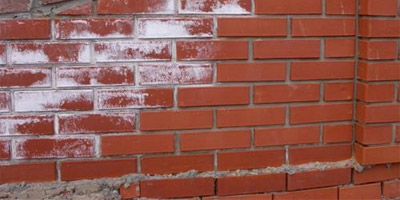
On the brick wall over time, ugly whitish stains - efflorescences may appear. Such a disaster happens because of chemical corrosion - when a house is near a chemical plant, for example. Or add “chemistry” to the composition of the bricks.
One of the causes of efflorescence is the addition of chemical components in the raw materials for the production of ceramic products.At the same time, it is difficult to talk about environmental friendliness.
As you can see, some of the disadvantages of this material are present only in products of unscrupulous manufacturers. When raw materials, for example, are of poor quality. Or the technology is not respected. So choose ceramic bricks carefully and carefully, buying it from reliable suppliers and manufacturers.

